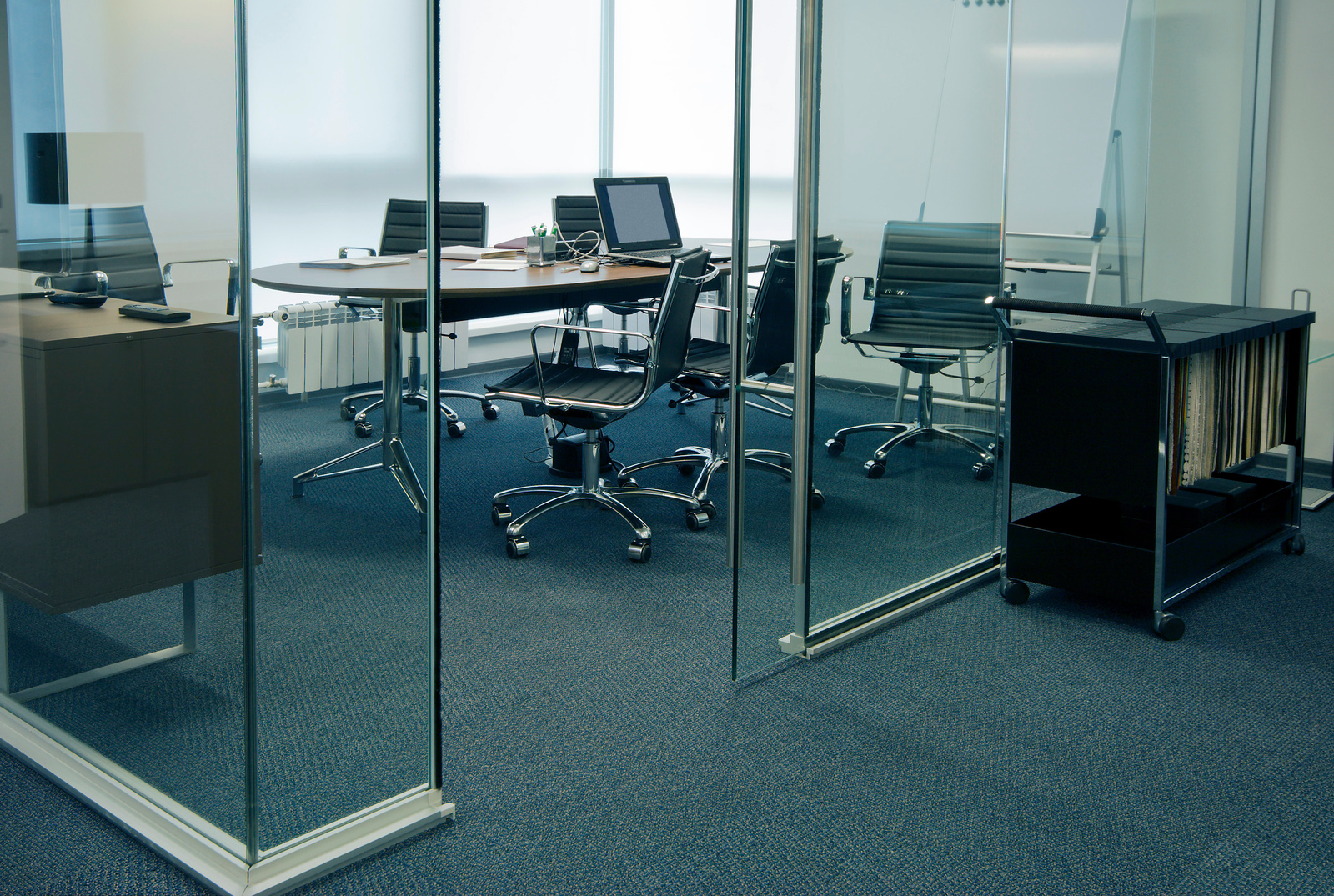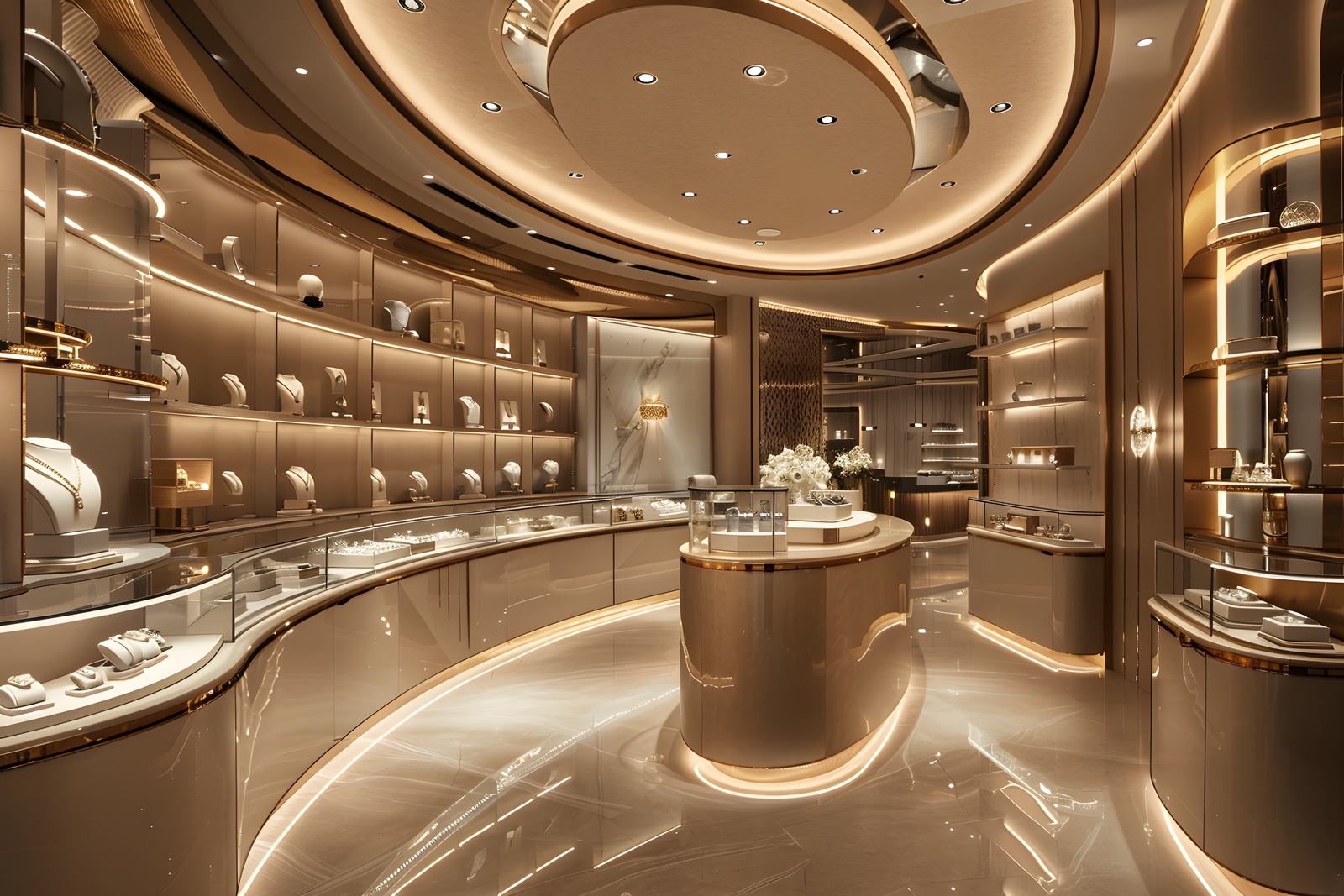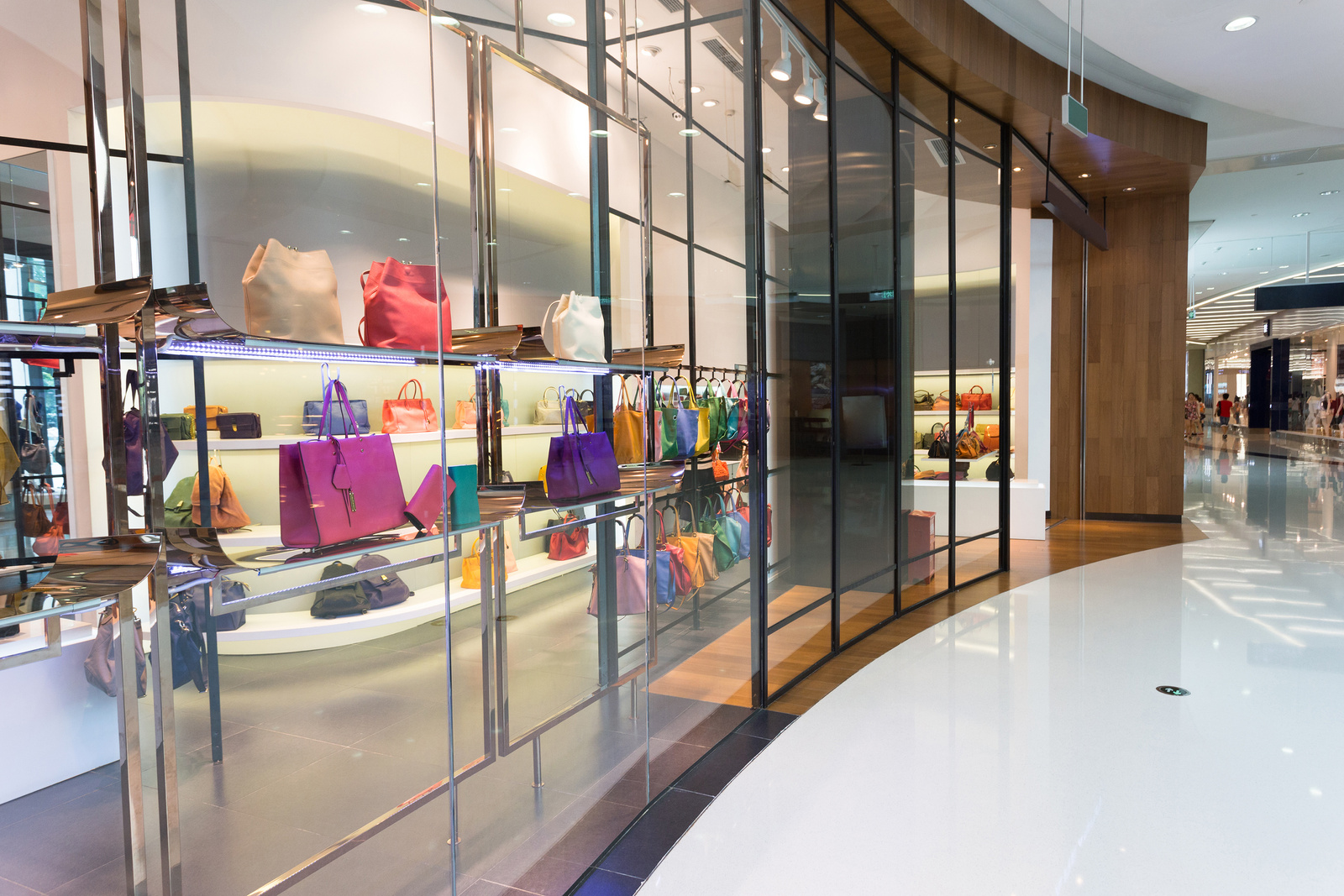
August 13, 2024
The Role of Technology in Modern Office Fit-Outs
Table of Contents
-
Smart Office Systems
-
Internet of Things (IoT)
-
Building Management Systems (BMS)
-
-
Collaborative Technologies
-
Video Conferencing Solutions
-
Interactive Whiteboards and Displays
-
-
Ergonomic and Flexible Workstations
-
Adjustable Desks and Chairs
-
Modular Furniture
-
-
Energy Efficiency and Sustainability
-
LED Lighting and Smart Controls
-
Energy Monitoring Systems
-
-
Enhanced Security Systems
-
Access Control Systems
-
Surveillance and Monitoring
-
-
Employee Wellbeing Technologies
-
Air Quality Monitoring
-
Wellness Apps and Platforms
-
-
Future-Proofing the Office
-
Scalable Infrastructure
-
Continuous Innovation
-

Smart Office Systems
Internet of Things (IoT)
The Internet of Things (IoT) connects various devices and systems within the office to a centralized network, enabling seamless communication and automation. IoT sensors can monitor everything from lighting and temperature to occupancy levels, allowing for a more responsive and efficient office environment. For instance, smart thermostats can adjust the temperature based on the number of people in a room, optimizing energy use and comfort.
Building Management Systems (BMS)
Building Management Systems (BMS) integrate and control various building systems, including HVAC, lighting, security, and energy management. A well-implemented BMS can significantly enhance the operational efficiency of an office by automating and optimizing building functions. This results in reduced energy consumption, lower operational costs, and improved workplace comfort.
Collaborative Technologies
Video Conferencing Solutions
With the rise of remote work and global teams, video conferencing solutions have become essential in modern offices. High-quality video conferencing systems facilitate seamless communication and collaboration, bridging the gap between remote and on-site employees. Technologies like Zoom, Microsoft Teams, and Cisco Webex offer features such as screen sharing, virtual whiteboards, and breakout rooms, enhancing collaborative efforts.
Interactive Whiteboards and Displays
Interactive whiteboards and digital displays transform traditional meeting rooms into dynamic collaborative spaces. These tools allow teams to brainstorm, share ideas, and edit documents in real-time, regardless of their physical location. Interactive displays like the Microsoft Surface Hub or Google Jamboard can integrate with various software and cloud services, making collaboration more intuitive and productive.

Ergonomic and Flexible Workstations
Adjustable Desks and Chairs
Ergonomic furniture is crucial for employee health and productivity. Adjustable desks and chairs enable employees to customize their workstations to their comfort, reducing the risk of musculoskeletal issues. Sit-stand desks, for instance, allow employees to switch between sitting and standing positions, promoting better posture and overall wellbeing.
Modular Furniture
Modular furniture systems offer flexibility and adaptability, essential for modern, dynamic office environments. These systems can be easily reconfigured to accommodate different work styles, team sizes, and activities. Modular workstations, partitions, and storage solutions allow businesses to quickly adapt to changing needs without significant disruptions.
Energy Efficiency and Sustainability
LED Lighting and Smart Controls
Energy-efficient LED lighting, combined with smart controls, can significantly reduce energy consumption in offices. Smart lighting systems can adjust brightness based on natural light levels, occupancy, and time of day, creating a comfortable and energy-efficient workspace. Automated lighting schedules and motion sensors further enhance energy savings.
Energy Monitoring Systems
Energy monitoring systems track and analyze energy usage in real-time, providing insights into consumption patterns and identifying opportunities for savings. By monitoring energy use, businesses can implement targeted strategies to reduce consumption, lower costs, and improve sustainability.

Enhanced Security Systems
Access Control Systems
Advanced access control systems enhance office security by restricting entry to authorized personnel. Key card systems, biometric scanners, and mobile access solutions ensure that only employees and approved visitors can access the premises. These systems can also track entry and exit times, providing valuable data for security audits and workforce management.
Surveillance and Monitoring
Modern surveillance systems, including high-definition cameras and advanced analytics, offer enhanced security and monitoring capabilities. Integrated with access control systems, these surveillance solutions can provide real-time alerts and comprehensive security coverage, ensuring a safe and secure office environment.
Employee Wellbeing Technologies
Air Quality Monitoring
Maintaining good air quality is crucial for employee health and productivity. Air quality monitoring systems can detect pollutants, humidity levels, and temperature, providing data to optimize ventilation and air conditioning systems. Ensuring clean and fresh air can reduce sick days and improve overall employee wellbeing.
Wellness Apps and Platforms
Wellness apps and platforms support employee health by promoting physical activity, mental wellbeing, and healthy habits. These technologies can offer personalized wellness programs, track fitness goals, and provide resources for stress management and mental health support. Integrating wellness technology into the office environment demonstrates a commitment to employee wellbeing.

Future-Proofing the Office
Scalable Infrastructure
Future-proofing an office involves creating a scalable infrastructure that can adapt to technological advancements and changing business needs. This includes investing in high-speed internet, robust network systems, and flexible power solutions. A scalable infrastructure ensures that the office can seamlessly integrate new technologies and expand as the business grows.
Continuous Innovation
Staying ahead in the competitive business landscape requires a commitment to continuous innovation. Regularly updating office technology, staying informed about emerging trends, and being open to adopting new solutions can keep the office environment modern and efficient. Encouraging a culture of innovation among employees can also drive creativity and improve overall performance.
By incorporating these technologies, businesses can create modern office spaces that enhance productivity, support employee wellbeing, and adapt to future needs. At London Retail and Build, we specialize in designing and implementing advanced office fit-outs that meet the unique requirements of our clients. Contact us today to learn how we can transform your office space into a cutting-edge, efficient, and inspiring environment.


